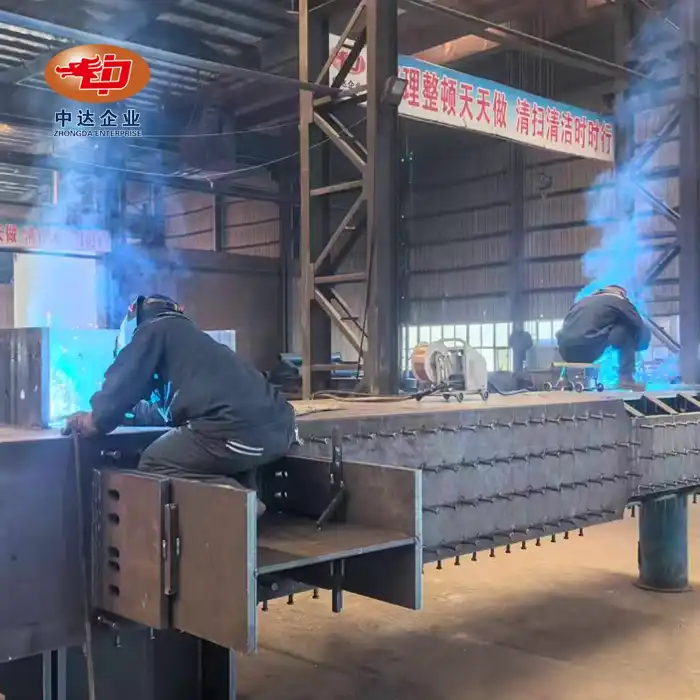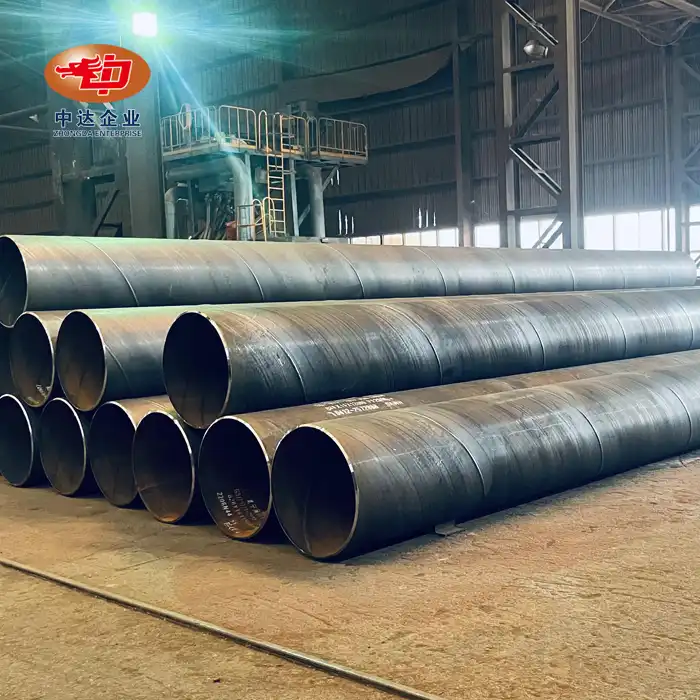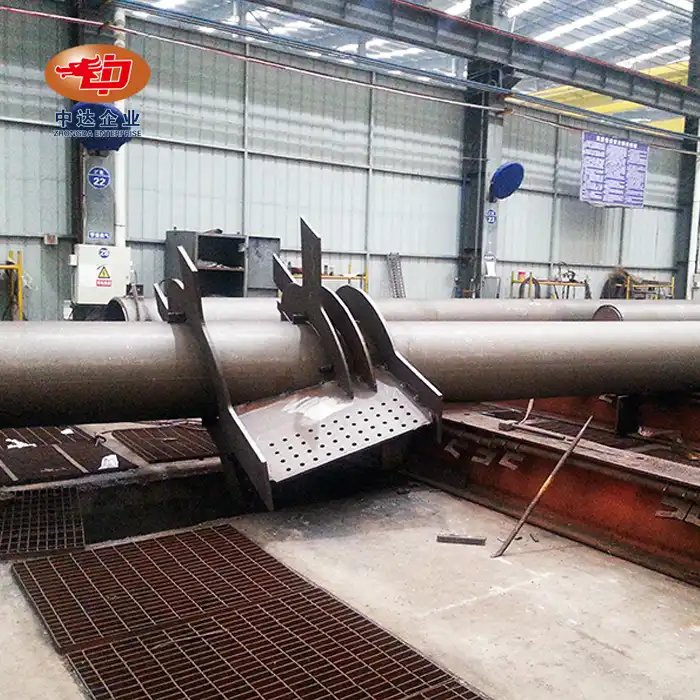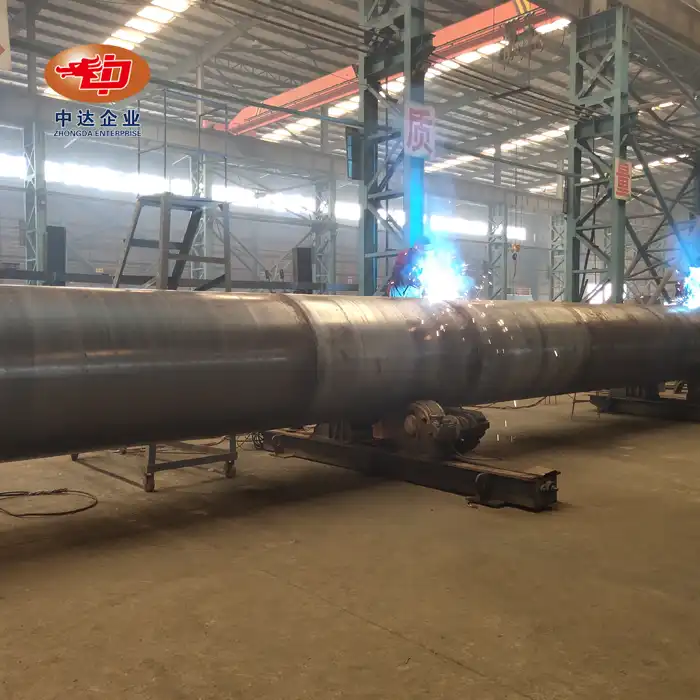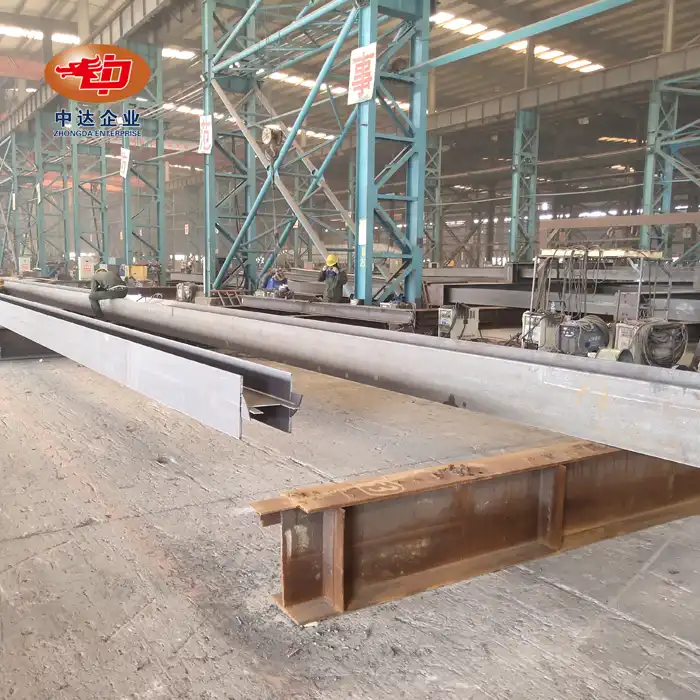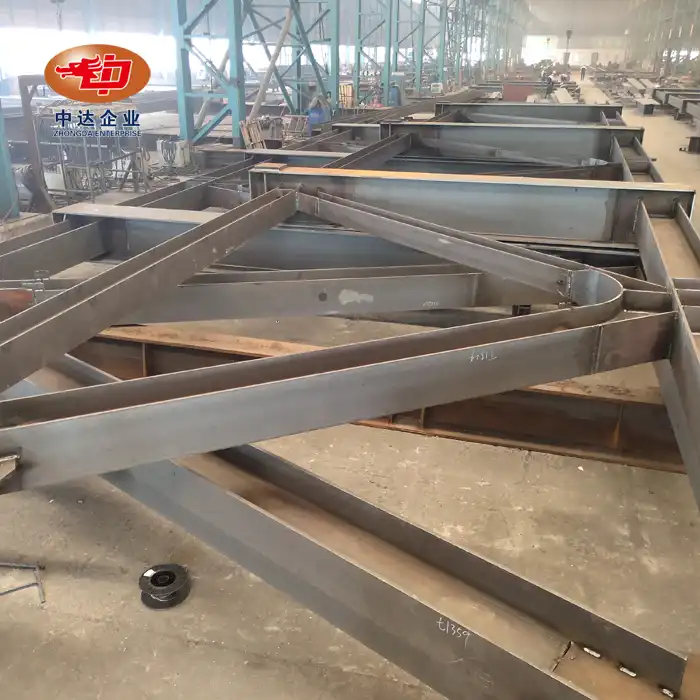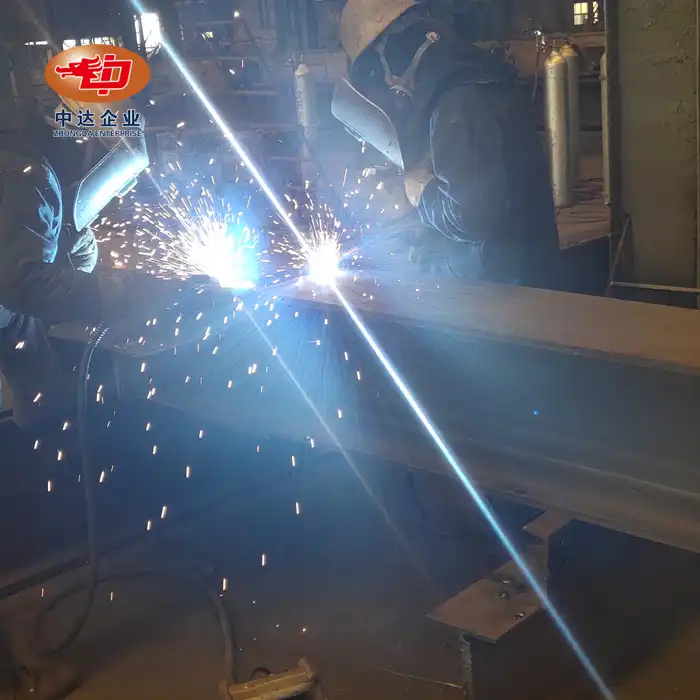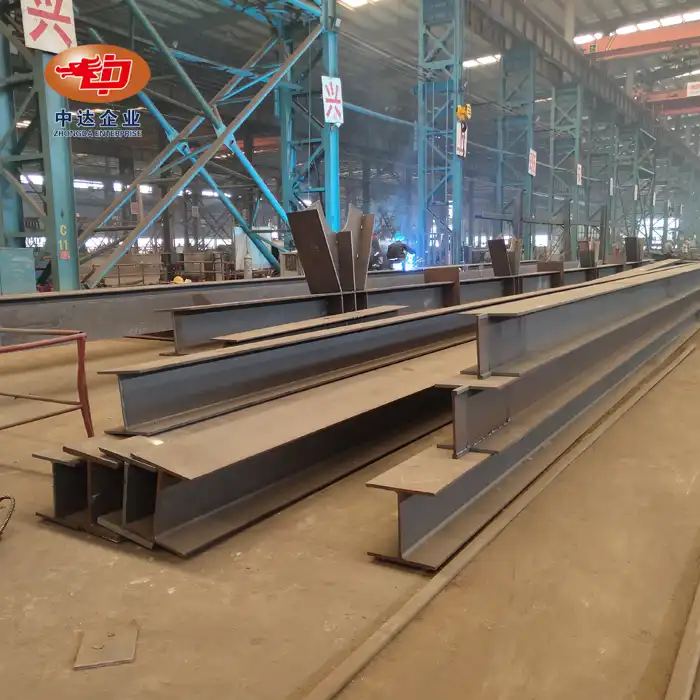Understanding Steel Truss and Plate Girder Structures
Composition and Design of Steel Trusses
Steel trusses are constructed from multiple straight members arranged in triangular configurations, allowing them to efficiently carry both vertical and horizontal loads. These components include top and bottom chords, which resist compressive and tensile bending forces, and web members that handle shear. Depending on structural requirements, trusses can be designed as Warren, Pratt, Howe, or K-truss types. Their open framework not only optimizes material usage but also allows for lighter construction, making them ideal for long-span roof systems in stadiums and arenas..
Anatomy of Plate Girders
Plate girders are fabricated steel structure beams consisting of a central web plate flanked by horizontal top and bottom flanges. The web resists shear forces, while the flanges carry bending stresses. Engineers can tailor the web’s thickness and height to match specific loading needs, often reinforcing it with vertical or horizontal stiffeners to prevent buckling under high stress. While typically I-shaped, steel plate girders may also be constructed with box or cellular cross-sections to enhance stiffness, especially in applications requiring long spans or heavy loading, such as in stadium roofs.
Structural Principles and Load Distribution
Both steel trusses and plate girders operate on the principle of efficient load distribution through geometric or material reinforcement. Trusses achieve this through their triangular formations, which provide stability by distributing forces across interconnected nodes. Plate girders mimic this efficiency using stiffeners that guide loads along predictable paths and prevent deformation. Choosing between these systems depends on multiple factors, such as the building’s intended use, architectural constraints, span length, and budget. In large-scale projects like sports facilities, both methods are frequently used for their proven structural efficiency.
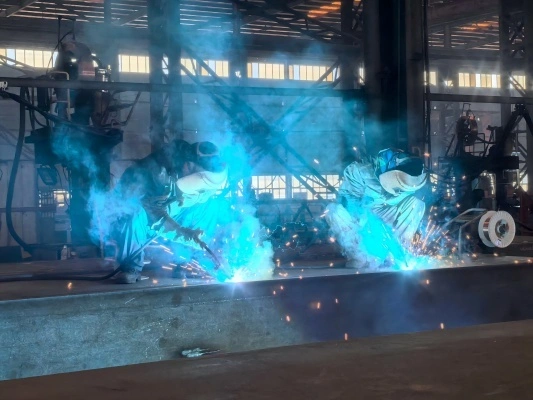
Comparative Analysis: Steel Truss vs Plate Girder
Span Capabilities and Structural Efficiency
Steel trusses generally excel in long-span applications, making them popular for large stadiums. Their open structure allows for greater depths without excessive material use, resulting in high strength-to-weight ratios. Plate girders, while capable of significant spans, may require more material for equivalent loads over long distances. However, advances in high-strength steel and optimized designs have expanded the practical span range for both options.
Fabrication and Installation Considerations
Plate girders often offer simpler fabrication processes, as they involve fewer components and connections. This can translate to reduced labor costs and faster production times. Steel structure trusses, while more complex to fabricate, can be designed for modular assembly, facilitating easier transportation and on-site erection. At Zhongda Steel, our state-of-the-art 120,000 m2 facility and BIM-driven processes ensure efficient fabrication for both truss and girder systems.
Aesthetic and Functional Aspects
The visual impact of the roof structure is a key consideration in stadium design. Steel trusses can create a dramatic, exposed skeletal appearance that many find appealing. Plate girders offer a cleaner, more streamlined look and can be easily integrated with cladding systems. Functionally, the open nature of trusses can accommodate services and lighting systems, while plate girders may require additional considerations for these elements.
Optimizing Stadium Roof Design with Advanced Steel Solutions
Innovative Materials and Fabrication Techniques
Advancements in steel manufacturing have revolutionized stadium roof design. Whether you use trusses or plate girders, high-strength steels make buildings lighter and more efficient. Zhongda Steel's expertise in ultra-thick plate cutting, with precision to ±0.2mm, enables the creation of optimized components for both systems. Our -60°C Weathering Steel Anti-corrosion Technology makes sure that building lasts and works well in a range of climates, which is especially important for stadiums that are open to the elements.

Integrated Design and BIM Technology
Building Information Modeling (BIM) has transformed the approach to stadium roof design. Engineers can study how structures behave, make better use of materials, and speed up the building process by making thorough 3D models. Zhongda Steel's BIM-driven prefabrication capabilities ensure that whether opting for steel structure trusses or plate girders, the resulting structure is precisely engineered and efficiently produced.
Sustainability and Life-Cycle Considerations
The environmental impact of large-span roofs is increasingly important. Both steel trusses and plate girders are very easy to recycle, which is in line with the ideals of sustainable design. The decision between the two might depend on things like how well the materials work together, how easy they are to maintain, and how well they can be changed to meet future needs. Our ISO 14001 certification shows that Zhongda Steel is committed to sustainability. This means that our steel solutions help make stadium plans that are better for the environment.
Conclusion
When choosing between steel structure truss and plate girder systems for large-span stadium roofs, structural needs, aesthetic tastes, and project-specific factors must all be carefully thought through. Both choices have their own benefits, and the best one relies on how the project needs to be done as a whole. Because Zhongda Steel is so good at making precise steel structures and coming up with new technologies, we can do a great job with either method and make sure that the roof of your stadium is a masterpiece of engineering and architecture.
Contact Us
Ready to elevate your stadium project with cutting-edge steel solutions? Partner with Zhongda Steel for unparalleled expertise in steel truss and plate girder systems. Our global certifications, state-of-the-art facilities, and commitment to innovation ensure your project benefits from the latest advancements in steel technology. Contact us today at Ava@zd-steels.com to discuss how we can bring your stadium vision to life with precision-engineered steel structures.











